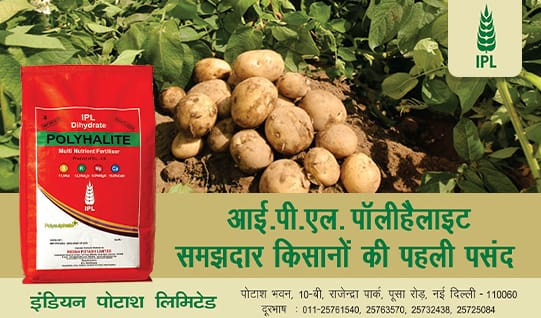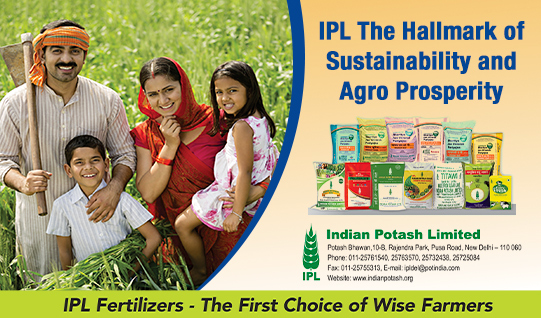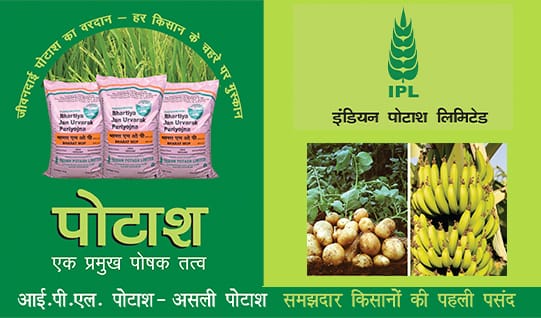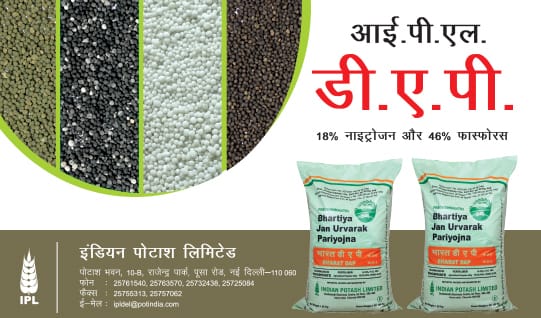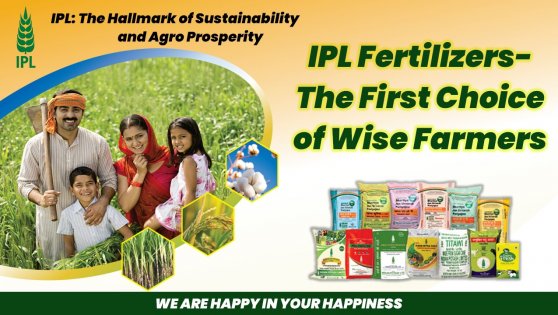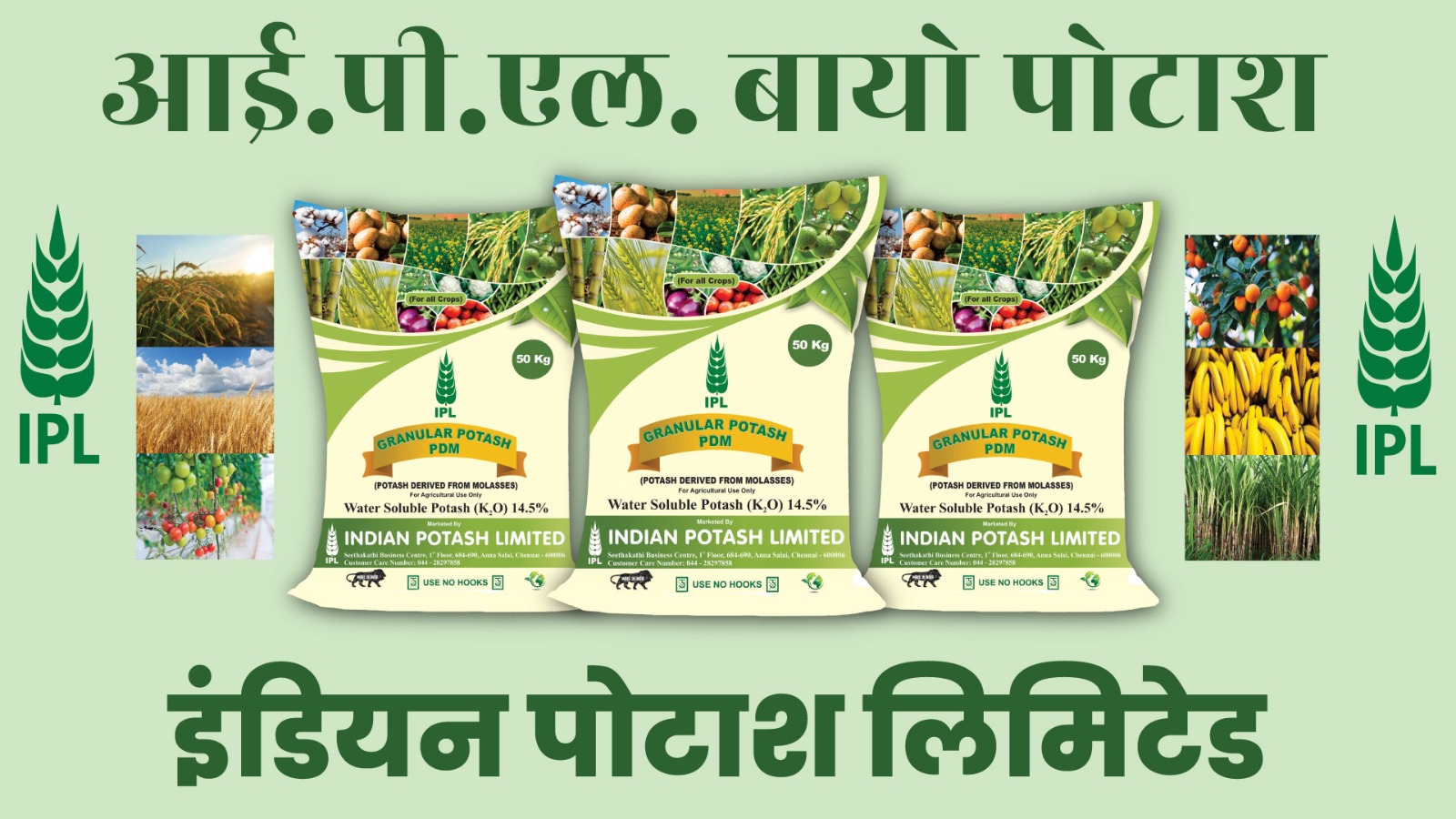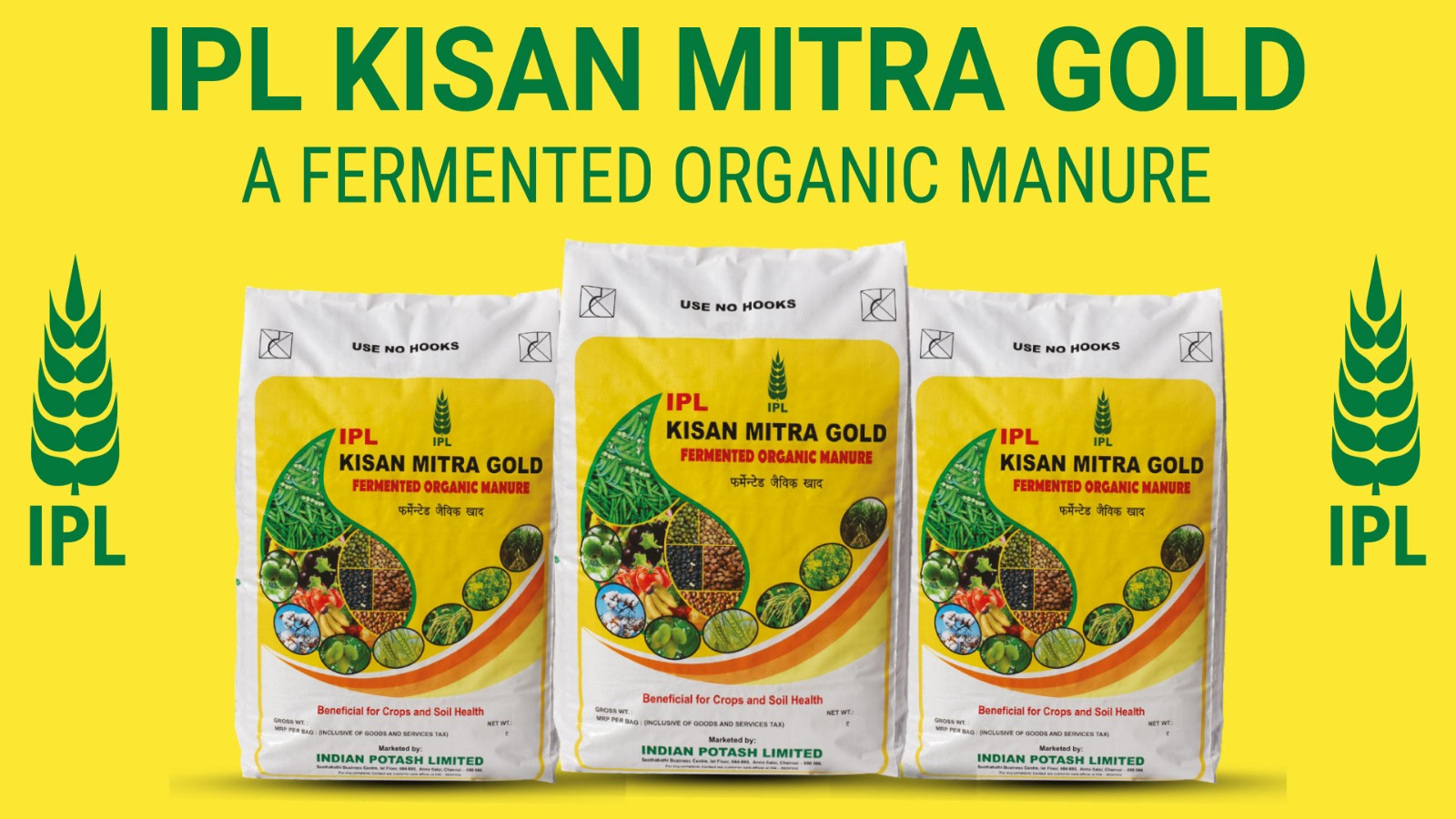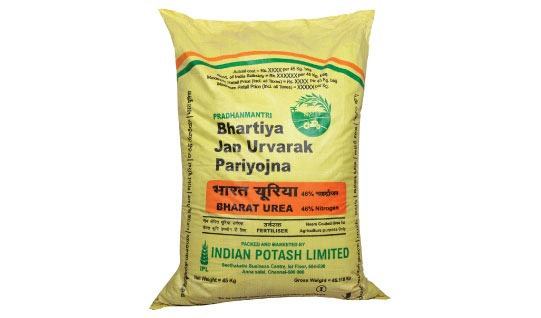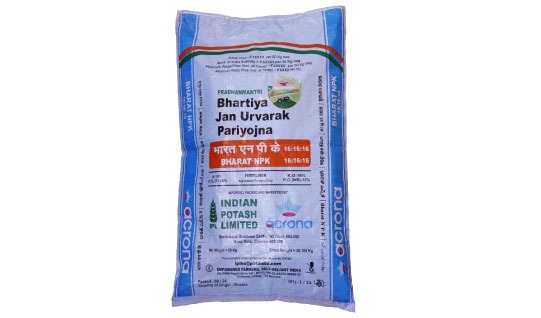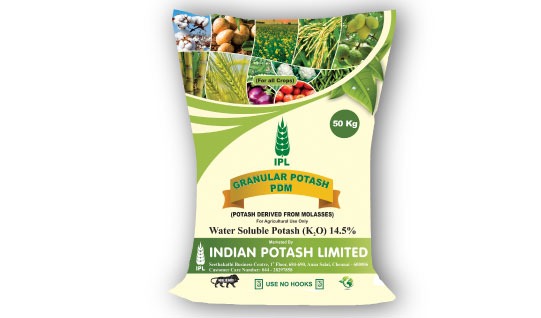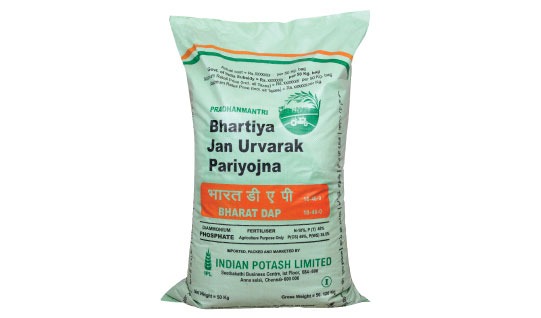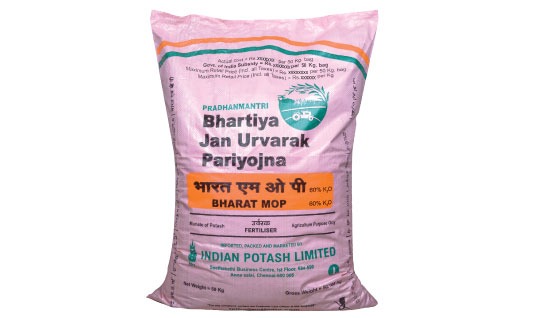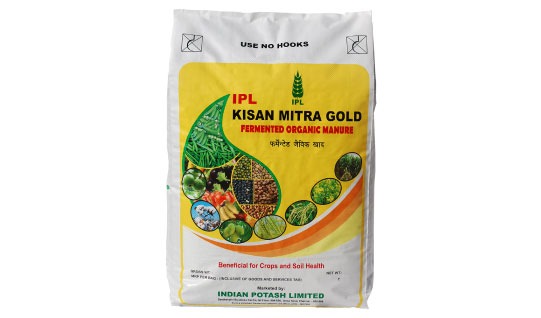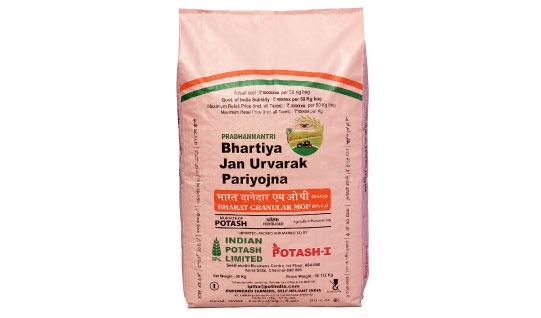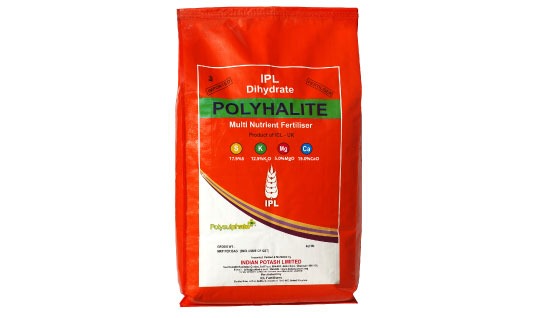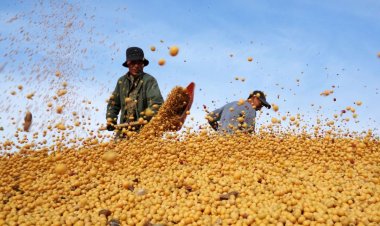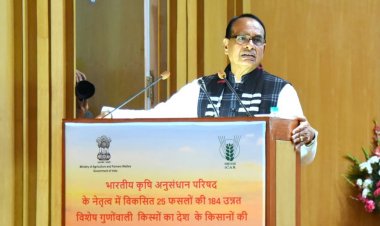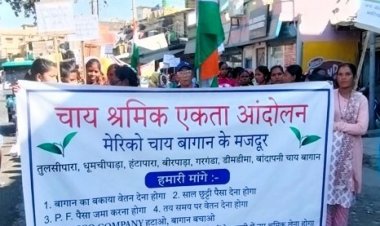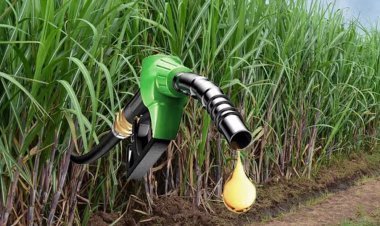India’s Agriculture at Climate Crossroads: Urgent Adaptation Needed, Warns World Bank
Climate change manifests in India through rising temperatures, erratic rainfall patterns, and more frequent and intense extreme events like droughts, floods, and heatwaves. These changes are already severely impacting crop yields and nutritional quality. Projections paint a stark picture: without significant adaptation measures, rain-fed rice yields could drop by 20% by 2050 and wheat yields by 19%
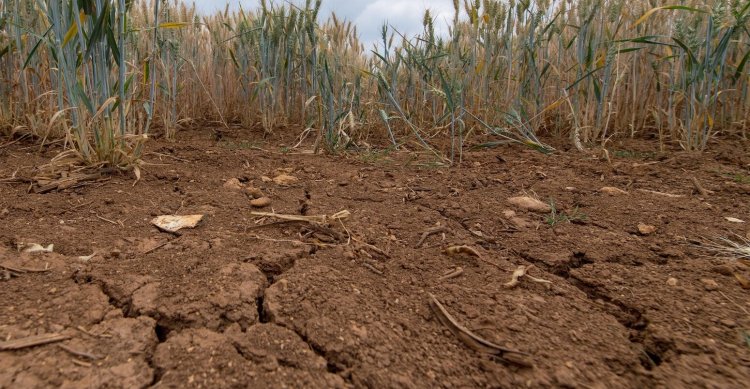
India, a nation where agriculture forms the backbone of its economy and sustains over half its population, faces an increasingly dire threat from climate change. As the world's most climate-vulnerable emerging market region, South Asia, including India, is experiencing an accelerated onslaught of extreme weather events, directly impacting its vital agricultural sector and jeopardising national food security. A World Bank Group report, "From Risk to Resilience: Helping People and Firms Adapt in South Asia," released on Tuesday further underscores the urgency of robust adaptation strategies to safeguard Indian farmers.
Climate change manifests in India through rising temperatures, erratic rainfall patterns, and more frequent and intense extreme events like droughts, floods, and heatwaves. These changes are already severely impacting crop yields and nutritional quality. Projections paint a stark picture: without significant adaptation measures, rain-fed rice yields could drop by 20% by 2050 and wheat yields by 19%. The Indian Council of Agricultural Research (ICAR) further estimates that maize yields could decrease by 18-23% by 2050 and 2080, while irrigated rice yields may see a reduction of 3.5% by 2050 and 5% by 2080. These impacts extend beyond just yields, affecting the nutritional quality of produce and exacerbating food and nutrient consumption challenges for farmers.
The economic repercussions are substantial. India's agricultural sector, contributing approximately 18% to the Gross Value Added (GVA), is highly susceptible to these changes. Economic surveys have estimated annual losses of $9-10 billion due to the adverse effects of climate change on agriculture. Vulnerability assessments by ICAR indicate that nearly half of India's districts are vulnerable to climate change impacts, with 109 districts categorised as 'very high-risk' and 201 as 'high-risk'.
Regions like Vidarbha and Marathwada, heavily reliant on monsoon rains, are particularly vulnerable to monsoon variability, leading to reduced yields and crop failures. The "50-year-old policy of free power to farmers in south India" has also had a detrimental effect on groundwater supply, exacerbating climate change effects on agriculture, as noted in the World Bank report.
In response to these escalating threats, the Government of India has initiated several schemes and plans to enhance agricultural resilience:
National Mission for Sustainable Agriculture (NMSA): Part of the National Action Plan on Climate Change (NAPCC), this mission aims to evolve and implement strategies for climate-resilient agriculture.
National Innovations in Climate Resilient Agriculture (NICRA): Spearheaded by ICAR, this project focuses on developing and promoting climate-resilient technologies. This includes identifying vulnerable regions, evolving crop varieties and management practices for adaptation and mitigation, and assessing climate change impacts on livestock, fisheries, and poultry. Over 1888 climate-resilient varieties and 68 location-specific technologies have been developed and demonstrated under NICRA.
Pradhan Mantri Fasal Bima Yojana (PMFBY) and Restructured Weather-Based Crop Insurance Scheme (WBCIS): These schemes provide financial support and risk coverage to farmers against crop losses due to weather aberrations.
Per Drop More Crop and Rainfed Area Development: These initiatives promote water-saving techniques and sustainable practices in rain-fed regions.
Soil Health Card Scheme and Paramparagat Krishi Vikas Yojana (PKVY): These programs focus on improving soil health and promoting organic farming.
Gramin Krishi Mausam Sewa (GKMS): Provided by the India Meteorological Department (IMD), this service offers agrometeorological advisory services to farmers.
Additionally, the Mahatma Gandhi National Rural Employment Guarantee Scheme (MGNREGS) serves as a social protection program that can also contribute to building climate resilience.
Challenges and the Path Forward
While farmers are increasingly aware of climate risks and adopting adaptation measures, most still rely on basic, low-cost solutions due to limited access to credit, land, and crucial information. There is an urgent need to promote climate-smart farming practices, expand weather insurance markets, modernise irrigation infrastructure, and leverage digital technologies for timely weather information and advisory services.
Ahmed Mushfiq Mobarak, Kasoff ’54 Professor of Economics and Management at Yale University, quoted in the World Bank report, underscores the urgency: "Recent disaster events and longer-run environmental changes across South Asia, ranging from massive floods in Pakistan, heat waves across India, and increase in water and soil salinity...imply the climate crisis is already affecting millions of lives. It has become urgent to give private and public sector decision-makers in the region some ideas for policy tools to deal with these crises."
The challenge is significant, especially for smallholder farmers who constitute 86% of the 146 million operational holdings in India. To build a truly resilient agricultural sector, a concerted effort is required from policymakers, researchers, extension workers, and farming communities. This includes targeted policies that alleviate financial and land market failures, improve information dissemination, and foster socio-economic empowerment of farmers. By integrating traditional knowledge with modern scientific approaches and investing in robust public goods, India can strive towards sustainable food production and ensure livelihood security for its millions of farmers in the face of a changing climate.



 Join the RuralVoice whatsapp group
Join the RuralVoice whatsapp group
